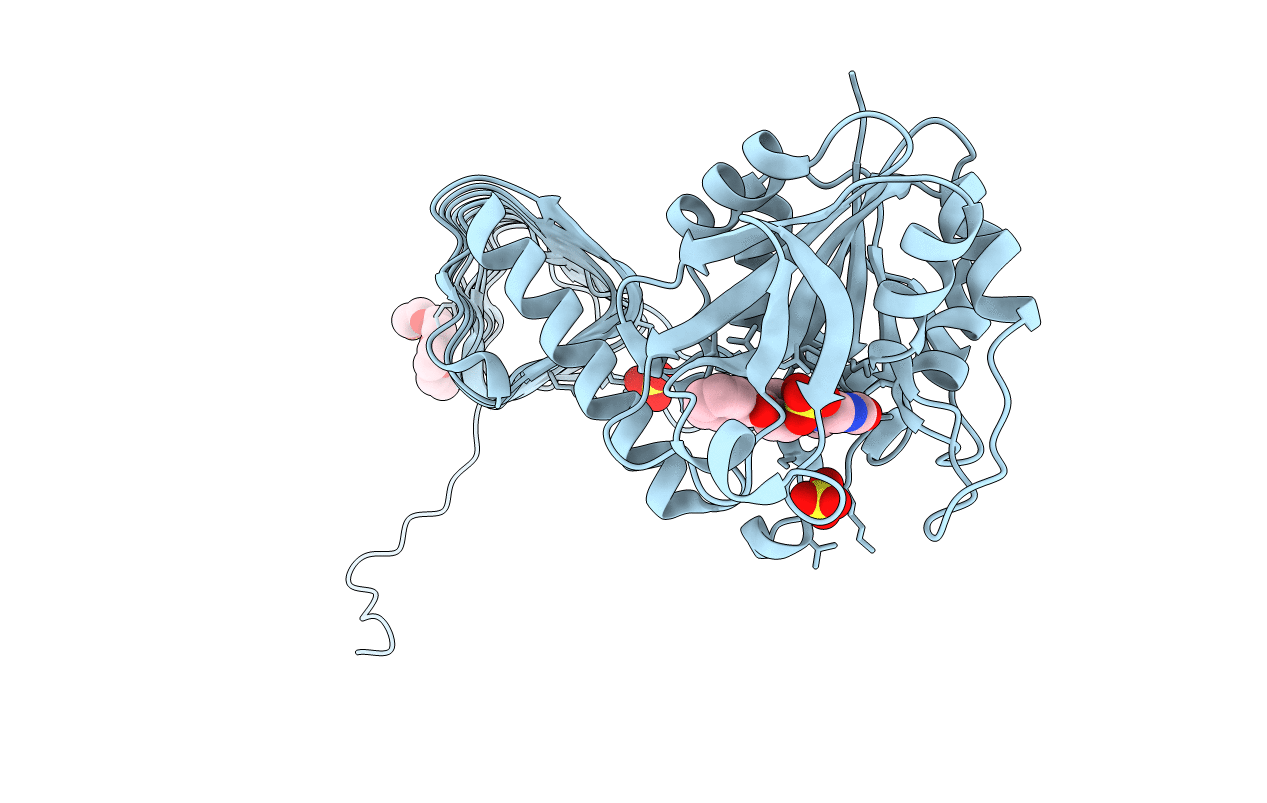
Deposition Date
2012-03-06
Release Date
2013-05-29
Last Version Date
2024-02-28
Entry Detail
PDB ID:
4E1K
Keywords:
Title:
GlmU in complex with a Quinazoline Compound
Biological Source:
Source Organism:
Haemophilus influenzae (Taxon ID: 71421)
Host Organism:
Method Details:
Experimental Method:
Resolution:
2.00 Å
R-Value Free:
0.28
R-Value Work:
0.24
R-Value Observed:
0.24
Space Group:
H 3 2


